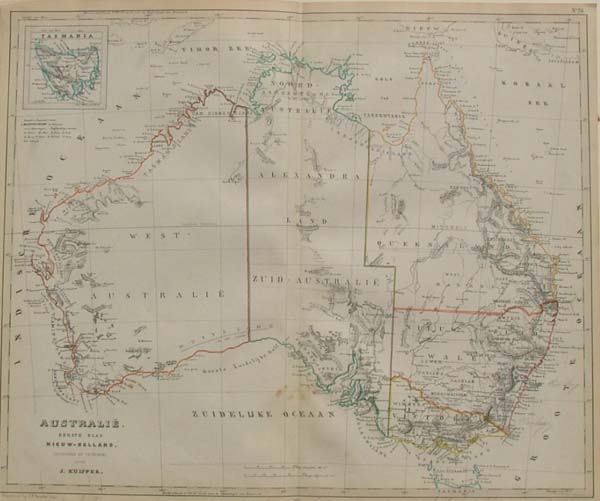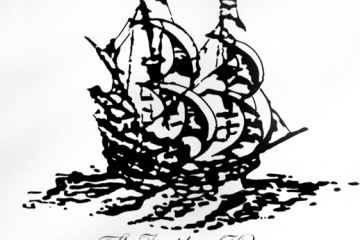A country’s toponyms has many hidden complexities. For example, some name-forms can deceive the
unwary in terms of their origins and meanings. Australia’s toponymy is a good case in point.
Many of Australia’s toponyms are transparent as to their etymologies, such as, Port Macquarie (NSW),
Sandy Bay (TAS), whilst others are more opaque, like Yo Yo Creek (QLD) (Tent 2018). Some toponyms’
origins are subject to folk-etymology, as for example Vrilya Point (QLD) (Tent 2009),Ulimaroa (a 19th
century appellation for Australia) (Tent & Geraghty 2012), and Orange (NSW) (Tent 2022).

Misconceptions of placename origins and meanings often find their way into placename dictionaries or
history books, thereby perpetuating such myths. The etymologies and aetiologies of First Nations
toponyms in Australia provide a multitude of examples.2 Most First Nations toponyms have been
anglicised, thereby making their meanings and language of origin obscure, whilst many others have been
displaced, copied from one region to another, further concealing their language of origin. One corollary
of this is their usually simply being labelled as ‘Aboriginal’ in most placename dictionaries. This is akin to
labelling the toponyms of France, Germany, Denmark, Lithuania etc. as coming from the ‘European’
language.
This Occasional Paper is a case study of the origins of some of the first introduced European
placenames in Australia, namely those bestowed by the Dutch. Although relatively few Dutch names are
still to be found on the Australian map, they have nevertheless played a significant role in the namescape
of Australia. In many instances names with a Dutch language name-form have been attributed to the
Dutch when they were actually conferred by the British at a later date honouring or commemorating the
Dutch. Toponyms bestowed by the Dutch themselves shall be referred to as ‘Dutch’, whilst those
bestowed by the British or others, as ‘Dutch-linked’.3 Some original Dutch toponyms were also calqued
into English,4 thereby obscuring their origin, whereas others were displaced and now refer to a different
location than its original referent. The aim of this Occasional Paper is to shed light the on some of the
circumstances that lie behind the bestowal of Dutch and Dutch-linked toponyms.


